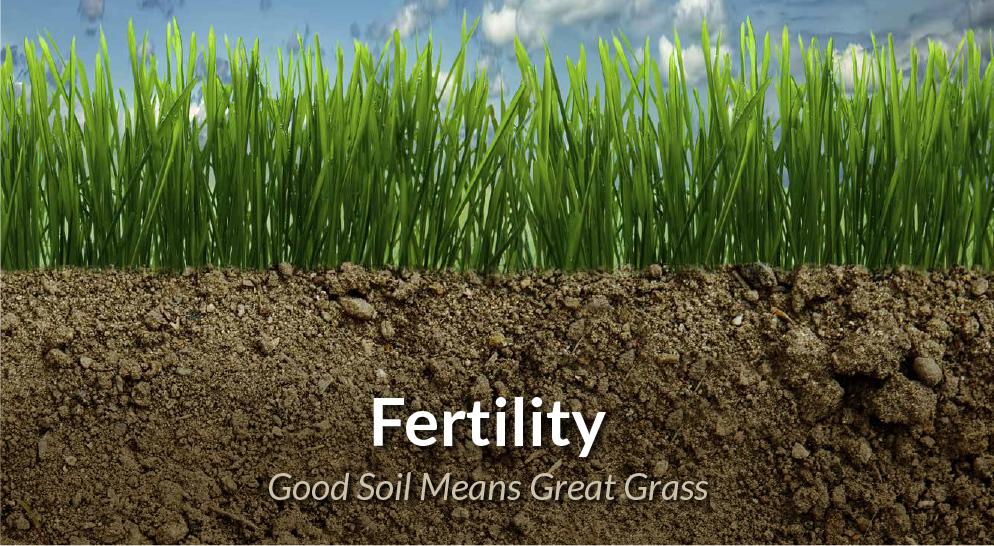
A healthy, vigorous pasture can improve livestock gains and reduce feed costs. But growing pasture in the South and Southeast brings special challenges because growers must consider forage grass varieties, soil type, soil pH, fertility, weed control and water availability.
Today, we’ll talk about determining soil fertility and what to do with your findings.
To lime or not to lime?
Have the soil tested to determine the need for lime. Ground that was in a pine forest for 30 years usually has acidic soils that require lime for optimum pasture growth. “Rather than liming the ground right away, you may be better off controlling weeds first, then incorporating the lime throughout the soil profile. Lime sitting on top of the ground won’t help your grass seedlings much,” says Dr. Ann Blount, forage specialist at the University of Florida.
If lime is needed to neutralize soil acidity, Blount advises applying it prior to the first tillage and, if possible, several months before planting forages. Lime should be incorporated into the soil whenever possible since lime reacts only with the soil that it contacts. Either calcitic or dolomitic limestone may be used. If lime is recommended and the soil test shows magnesium to be medium or low, then dolomitic limestone should be used.

Fertilizer choices are based on testing
Most university extension services offer soil-testing services. The University of Florida Extension Soil Testing Laboratory (ESTL), for example, tests for phosphorus (P), potassium (K), magnesium (Mg), and calcium (Ca) and bases fertilization recommendations for those nutrients on the test results. Nitrogen (N) fertilization recommendations are not based on soil tests but rather on crop needs as documented in research literature.
Time fertilizer application for efficient uptake and minimal loses. When establishing annual grasses, fertilizer should usually be applied just prior to or at planting. For perennial grasses and especially on sandy soils, it is recommended that producers wait until the new shoots emerge and have developed some roots before applying the fertilizer. For winter annuals, fertilize before planting and then as-needed throughout the season. Since much of the planting is done in the summer rainy season and on sandy soils, nutrients can readily leach out of the root zone. Therefore, it is desirable to have some roots in place and ready to take up nutrients when the fertilizer is applied.

The type, amount and timing of fertilizer application during establishment can be obtained from the Electronic Data Information Source of UF/IFAS Extension’s publication SL-129 UF/IFAS Standardized Fertilization Recommendations for Agronomic Crops.
Follow Ragan & Massey!
Be sure to follow Ragan & Massey on Facebook for daily updates, and check back here every week for more in-depth expertise, advice and product updates.
